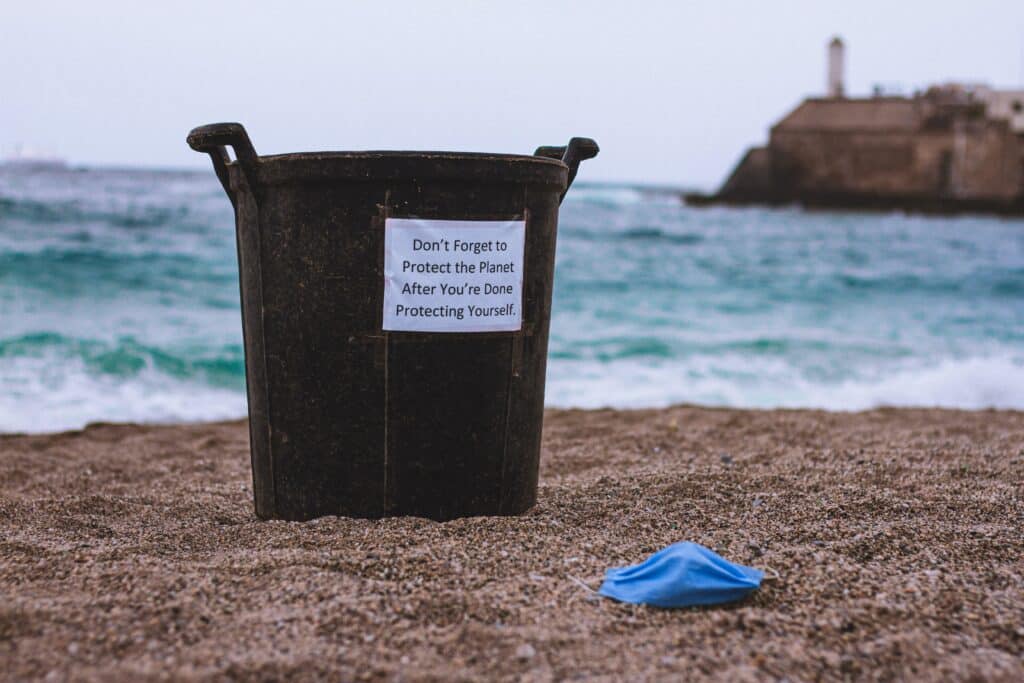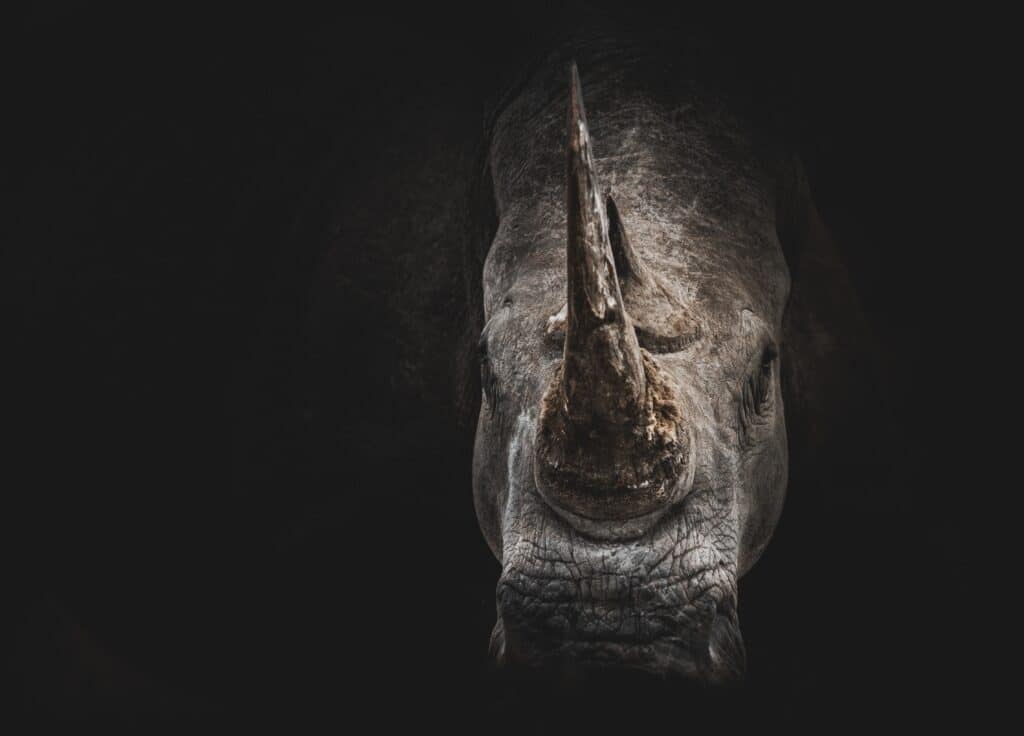Amid the urban tapestry of Nairobi, where progress and development paint the cityscape, an invaluable heritage quietly thrives—the city’s rich biodiversity and the unique ecosystems it supports. As urbanization accelerates, the imperative to safeguard this natural heritage has given rise to a remarkable movement: community-based conservation. Fostering community-led initiatives for wildlife conservation and habitat preservation is becoming a beacon of hope—a testament to Nairobi’s commitment to balance progress with the preservation of its natural wonders.

Urbanization can cast a shadow on wildlife and habitats. The encroachment of urban areas threatens to fragment ecosystems, disrupt migration patterns, and diminish habitats vital for wildlife survival. Nairobi’s embrace of community-based conservation reflects a desire to preserve the delicate balance between urban development and the natural world.
Community involvement is at the heart of conservation. Local communities, who share their space with wildlife, are the stewards of Nairobi’s natural heritage. Engaging them in conservation efforts, such as habitat restoration, anti-poaching patrols, and community education, not only empowers residents but also fosters a sense of ownership and responsibility for safeguarding the city’s biodiversity.
Wildlife corridors are lifelines for ecosystems. As urbanization creates barriers for wildlife movement, the establishment of wildlife corridors becomes essential. These green corridors link fragmented habitats, allowing animals to roam freely and maintain genetic diversity. By incorporating wildlife corridors into urban planning, Nairobi can ensure that wildlife thrives amidst its expanding landscape.
Education is pivotal in cultivating a conservation ethos. Nairobi’s youth are the future custodians of its natural heritage. By introducing environmental education programs, wildlife clubs, and nature-based activities, the city can instill a sense of wonder and appreciation for nature in its younger generation, nurturing a culture of conservation that extends beyond borders.
Eco-tourism can be a driver of conservation. Nairobi’s natural beauty can be an economic asset as well as an ecological one. By promoting sustainable eco-tourism, the city can create revenue streams that directly support conservation initiatives. Guided tours, bird-watching excursions, and nature hikes can connect residents and visitors to the city’s wild side.

Collaboration is the cornerstone of community-based conservation. Government bodies, conservation organizations, NGOs, local businesses, and residents must collaborate to create a unified approach. Partnerships that share resources, expertise, and responsibilities can amplify the impact of conservation efforts and create a cohesive strategy that transcends boundaries.
In conclusion, Nairobi’s journey in community-based conservation is a testament to its commitment to the coexistence of urban life and nature. By engaging communities, creating wildlife corridors, prioritizing education, promoting eco-tourism, fostering collaboration, and viewing conservation as a shared responsibility, the city can pave the way for a future where urbanization and biodiversity preservation are in harmony. Through these efforts, Nairobi not only safeguards its natural heritage but also nurtures a legacy of stewardship and coexistence that resonates for generations to come.




